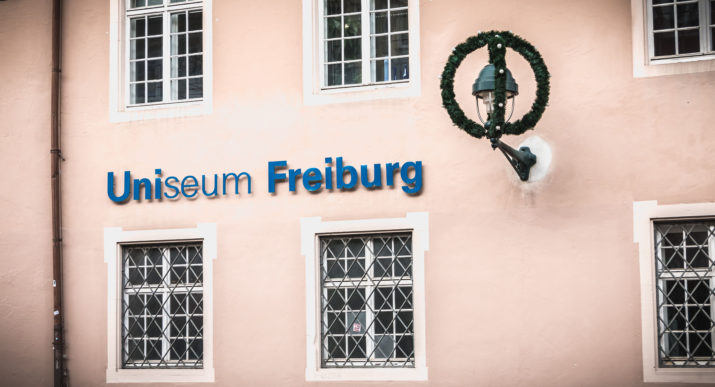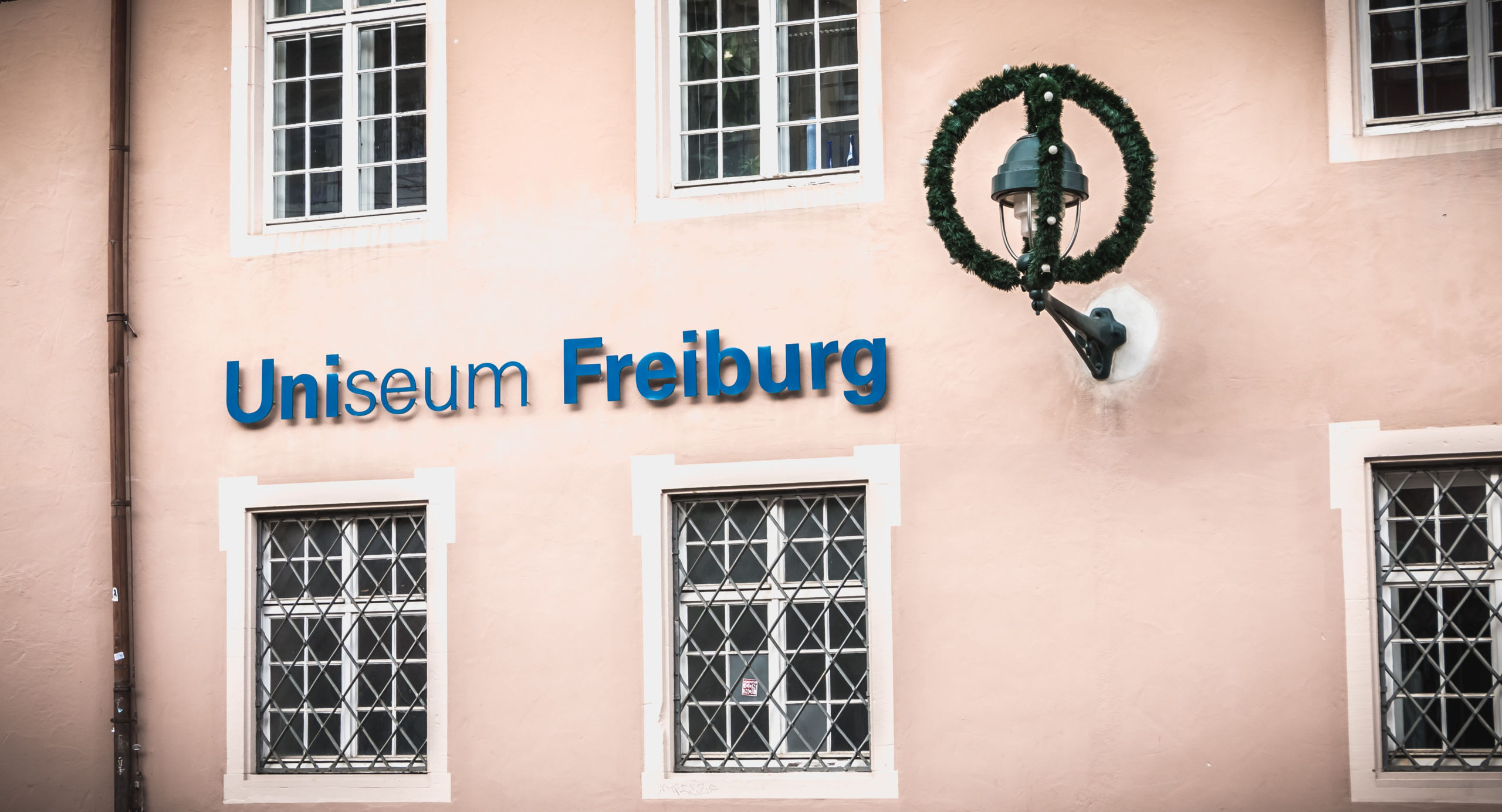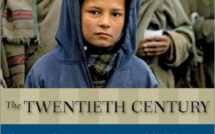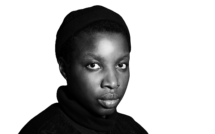
 In this section of Campus, EuropeNow features a selection of scholarly articles and books on topics pertinent to the teaching of Europe or teaching in Europe that were published within the last 5 years. This dynamic bibliography, with monthly installments, seeks to highlight both pedagogy research and critical analyses of debates taking place in higher education in and about Europe.
In this section of Campus, EuropeNow features a selection of scholarly articles and books on topics pertinent to the teaching of Europe or teaching in Europe that were published within the last 5 years. This dynamic bibliography, with monthly installments, seeks to highlight both pedagogy research and critical analyses of debates taking place in higher education in and about Europe.
1. Across the Doorway: Developing Post-Critical Museology from a Closed University Museum
By Erika Grasso and Gianluigi Mangiapane
In Experimental Museology
Abstract: The Museum of Anthropology and Ethnography of the University of Turin (MAET) has been closed to the public since 1984. Recently, it implemented reflections on its social and political role by undertaking participatory practices and audience engagement/development projects. This chapter analyses two initiatives and their underlying theoretical framework. The first, A Piece About Us (2015), involved youths and second-generation migrants creating new cultural products (videos, performances, etc.) and the Turin Lesbian, Gay, Bisexual, Transgender, Queer (LGBTQ) community was moreover engaged in the creation of theatrical and visual performances. The second project presented is the exhibit Gelede. Our Yoruba Mothers (2018). This exhibition was designed in collaboration with diaspora groups that reframed cultural heritage through the subjects’ emic points of view. The two case studies presented involved different audiences and led the subjects involved to discover MAET’s cultural heritage. They are part of wider reflections on MAET collections through a contemporary gaze and according to a post-critical museology approach. In this sense, they emerge as possible ways to cross the doorway that divides the museum and its potential audience and, in a wider perspective, its society.
2. The Samekulturen Exhibition: A Social Actor at the Tromsø University Museum: Knowledge Production and Shifting Circumstances
By Trude Fonneland
In Nordisk Museologi: The Journal Nordic Museology
Abstract: In 1973, the exhibition entitled Samekulturen (The Sámi Culture) opened its doors to the public for the first time, and for over forty years this exhibition has served as an important arena for the dissemination of Sámi culture to tourists, students and other visitors. Exhibitions have social and political consequences. Samekulturen as a social actor that contributes to the production of knowledge is the point of departure for this paper. In the view of the museological and ethno-political contexts in which Samekulturen was produced, the exhibition will be analysed as a historical document revealing how museological practices related to the representation of the Sámi have evolved over time.
3. “Found in Store:” Working with Source Communities and Difficult Objects at Durham University’s Oriental Museum
By Rachel Barclay, Lauren Barnes, Gillian Ramsay, Craig Barclay, and Helen Armstrong
In Intersectional Encounters in the Nineteenth Century Archive: New Essays on Power and Discourse
Abstract: Durham University’s Oriental Museum is often described as a ‘hidden gem’. Opened in 1960, today it is home to world-class collections of more than 35,000 objects from across North Africa and Asia. Originally envisioned as a teaching and research resource for the university’s School of Oriental Studies, the museum now combines its academic role with a commitment to making its collections accessible to local, national and international communities. The Museum’s mid-twentieth-century origins do not mean that its collections have escaped the influence of Empire and colonialism. This should come as no surprise, as many of the objects held by the museum were collected either during the nineteenth century or the early years of the twentieth century.
4. Curating the Contemporary at University Museums
By Patrizia Luzi
In The Museum Review
Abstract: Originating as encyclopedic and universal museums in the 18th century, university museums house extremely varied collections, referring to a number of diverse academic disciplines. These collections played a significant role in developing a type of knowledge founded on taxonomy and empirical observation, and during the 20th century the collections progressively lost their original academic and epistemological function. Today, university museums are typically curated using traditional curatorial approaches focusing either on the didactic or on the aesthetic or evocative potentiality of their collections. This paper calls attention to select alternative curatorial approaches founded on collaborative and interdisciplinary works that have been developing “to curate the contemporary,” and to discuss how these approaches can be used in curating university museums.
5. School Museums as Dynamic Areas for Widening the Heuristic Potential and the Socio-Cultural Impact of the History of Education. A Case Study from Italy
By Anna Ascenzi, Marta Brunelli, and Juri Meda
In Paedagogica Historica: International Journal of the History of Education
Abstract: The contribution aims at introducing some points to reflect on the new role which university museums of schools and education can play today in the wake of current international processes of revitalisation of university heritage and museums, particularly in the light of the new objectives of the University Third Mission. Starting from the experience of the “Paolo and Ornella Ricca” School Museum in Macerata University, the authors illustrate how university museums can achieve several goals: on the one hand, to foster the opening up of the universities and academic research towards civil society, and the dissemination of the results of the most innovative historical-educational research; on the other hand, to promote the meaning and the value of the educational heritage as a collective cultural asset able to give participation and knowledge; finally, to make the historical-educational disciplines more valuable as a specialised knowledge which, through such heritage, can express a new specificity and a more active role within academic community.
Published on February 21, 2023.




